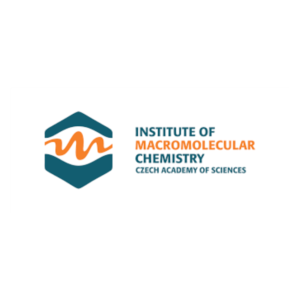Description
The distant origins of the Industrial Technical Institute date back to March 31, 1919 when at the behest of lawyer Carlo Turano, the Regio Laboratorio Scuola was established whose purpose was to train naval carpenters and shipwrights, as well as a section of mechanics where personnel were created to be placed in the Ansaldo shipyards that had just sprung up in Crotone.
In 1921 as a result of the sudden closure of those shipyards, the School was forced to revise its addresses and became an apprenticeship school, taking the name Industrial School with courses for turners and mechanical adjusters and courses for carpenters and cabinetmakers. It was at this time that the building on Tito Minniti Street was erected, begun in 1920 and finished in 1923: this is the first school building in the city. The great energy availability of the Silan territory accelerated industrial transformation in the Croton area with the advent of Montecatini (formerly Ammonia) and Pertusola in 1925.
In 1927 two Aeronautics courses were established: one for motorists and one for airplane fitters. In 1928 a section for radio telegraphists was established and evening courses began for the preparation of laborers, in high demand by the large industries that had recently settled in the town.
In 1933, the Industrial Technical School was established with an adjoining Training School and a section for mechanical turners. In 1942 (i.e., at the height of the war) the section for chemical analysts was finally established, after much pressure, which increased considerably precisely because this specialization suited the demand coming from the large local chemical industry.
Guido Donegani would thus become one of Italy’s largest and best chemistry schools. In the 1952-53 school year, the Technical School was transformed into a Vocational School, although the second class of the Technical School with the specialization of Chemistry and Mechanics continued to operate.
Donegani’s history is strongly linked to the Montecatini plant for better or worse; in the 1960s the crisis of the national chemical industry and of Montecatini in particular, directed students toward outlets other than the traditional ones by introducing the Electrical Engineering specialization.
In 1994, the Electrical Engineering and Automation option was added, and in 2011, the new Computer Science and Telecommunications address was authorized.
To date, after the Reform of the Regulations, the Institute presents a complex educational offer consisting of three different addresses of Technical Institute sector “Technological”: Chemistry, Materials and Biotechnology, Electronics, and Electrical Engineering and Computer Science and Telecommunications with a school population of about 1000 pupils.
Reference: ISTITUTO TECNICO INDUSTRIALE STATALE “GUIDO DONEGANI” (s.f.). La storia. https://www.guidodonegani.edu.it/?page_id=1435






